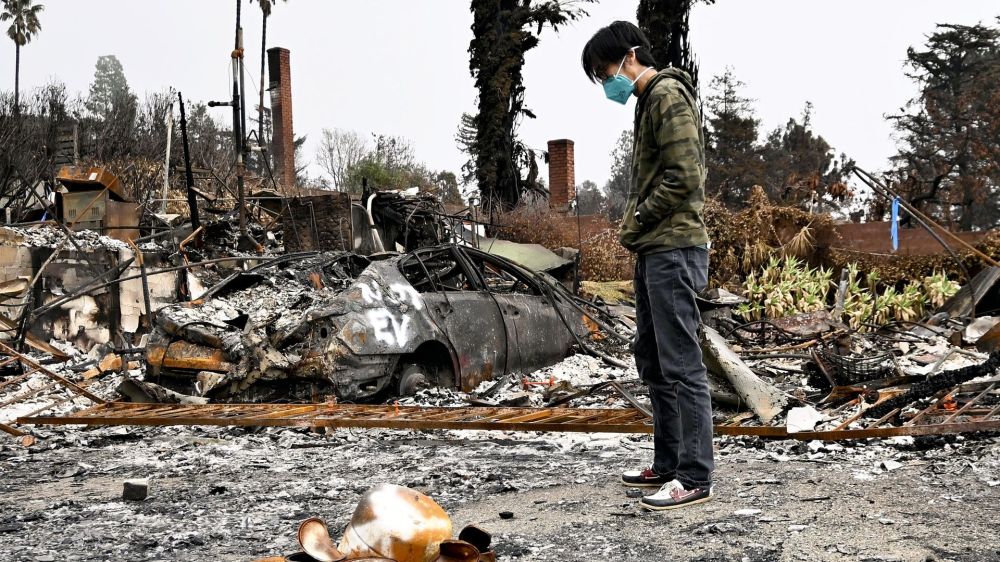- California’s “insurer of last resort” –– aka FAIR Plan –– was approved for a $1 billion surcharge due to January’s devastating fires in Los Angeles. Half of this cost will be passed down to homeowners.
- The California Department of Insurance approved the surcharge to keep the FAIR Plan solvent and able to pay claims. The surcharge will appear on homeowners’ insurance billing statements.
- The surge in insurance claims results from insurers pulling out of California, forcing more homeowners to rely on the FAIR Plan.
Full Story
January’s devastating fires in the Los Angeles area have drained California’s “insurer of last resort,” also know as the FAIR Plan. As a result, state officials have approved a $1 billion surcharge on insurance companies. In turn, half of that extra cost will be passed down to customers.
The state’s Department of Insurance approved a request Tuesday, Feb. 11, from the FAIR Plan to implement a $1 billion surcharge from state insurance providers to remain solvent and promptly pay claims to fire survivors in Southern California.
Under an order from the department last summer, member insurance companies can only pass down half of the $1 billion “assessment” to policyholders. Homeowners with insurance policies will see the added surcharge on their billing statements.

Download the SAN app today to stay up-to-date with Unbiased. Straight Facts™.
Point phone camera here
The FAIR Plan was created by state law in 1968 as a last resort for homeowners, insuring their homes against fire or property damage.
Without action from the department, the state’s insurer of last resort would have struggled to pay out policies for those affected by the fires. In testimony before a state legislative committee prior to the January fires, FAIR Plan’s president said that the organization was one large insurable event away from requiring an assessment. She said, “We don’t have the money on hand [to pay every claim], and we have a lot of exposure.”
The increase in exposure is due to insurance companies pulling out of California. It left homeowners with fewer choices beyond the FAIR Plan.
In the same hearing, a consumer watchdog said an assessment to enforce all of FAIR’s policies would cost $1,000 per user per major fire in the state. Current charges cost the average homeowner in California $3,200 annually.
Insurance Department Commissioner Ricardo Lara said the FAIR Plan is obligated to pay homeowners just like any other insurance company.
“The fact that we are once again facing this issue 30 years after wildfires devastated these same communities highlights the need for change,” Lara said. “Thirty years of stagnant regulations have placed more people at risk. We will move people away from the FAIR Plan, and insurance companies will write more policies under the Sustainable Insurance Strategy I finalized last year.”
The last time such a surcharge was implemented was in 1993. That surcharge was after the Kinneloa Fire in Altadena and the Old Topanga Fire in Malibu and Topanga. Those fires claimed three lives and destroyed nearly 550 structures. The assessment then was for $260 million, or $563 million, when adjusted for inflation. That charge also accounted for fires that followed the 1994 Northridge earthquake.
 Reuters
Reuters
 Reuters
Reuters
 Reuters
Reuters